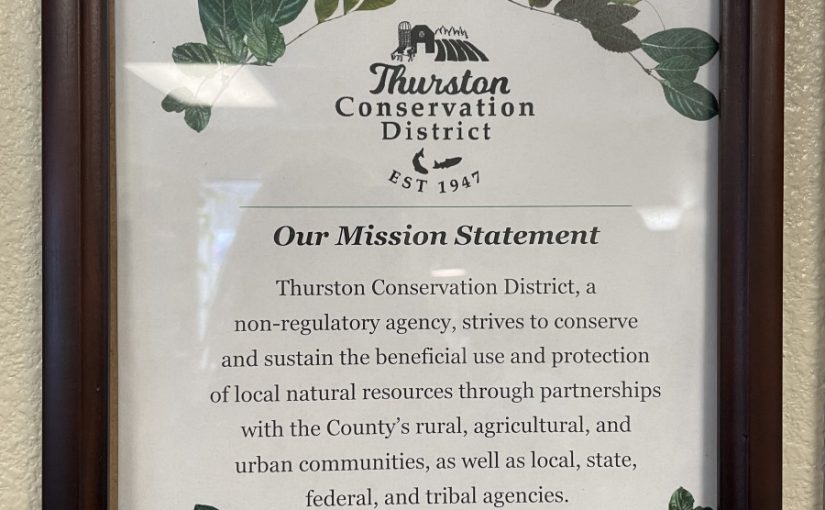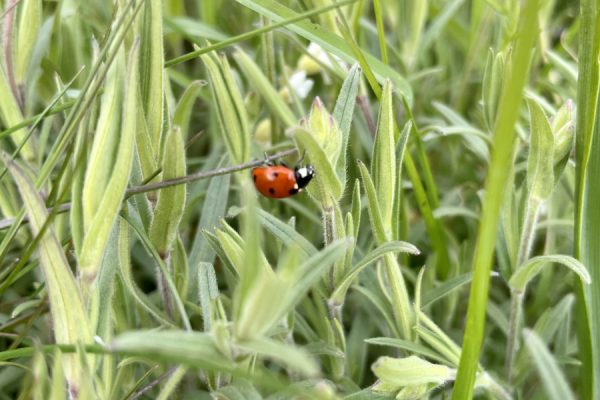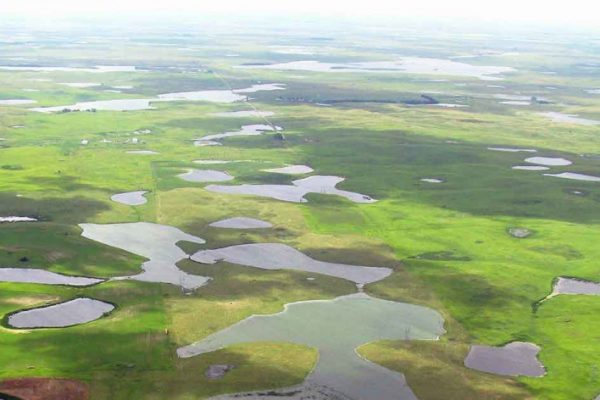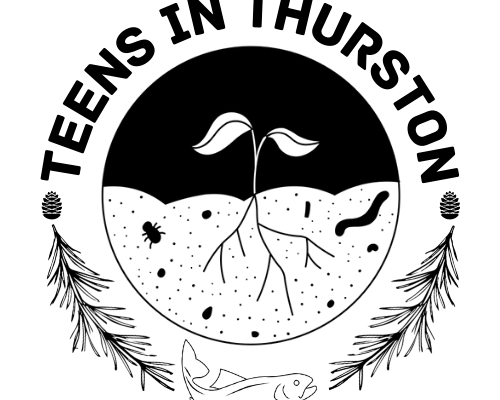Conservation is a state of harmony between men and land. By land is meant all of the things on, over, or in the earth. Harmony with land is like harmony with a friend; you cannot cherish his right hand and chop off his left. That is to say, you cannot love game and hate predators; you cannot conserve the waters and waste the ranges; you cannot build the forest and mine the farm. The land is one organism.
excerpt from “Round River” by Aldo Leopold, 1966
Diving into the daily work of Thurston Conservation District has been exciting and a bit overwhelming as there’s so much to learn. So far I’ve realized that each day is different, and much of the work, especially on the community and outreach side, is about building relationships and following through. Nora Carman-White (Communications & Education Manager) and Kiana Sinner (Education & Outreach Specialist), who I’ll be working most closely with, want to read The Farm as Natural Habitat and Farm (and Other F Words) along with me as well which will be fun!
This week I read the first three chapters of The Farm as Natural Habitat, and while it’s largely focused on the Upper Midwest (a very different agricultural landscape than in the South Puget Sound area, and a place also dear to my heart), the major takeaway for me was that mainstream industrial farming treats rural areas as ecological sacrifice zones. “If a family can’t earn a living on the land, and it isn’t a beautiful or healthful place to live, they might as well move to town. The land serves utilitarian purposes only, sacrificing natural values that once made it a home, not only for humans, but also for all kinds of creatures,” writes Dana L. Jackson, of the Minnesota-based Land Stewardship Project, in Chapter 1 (pg. 16). In Chapter 2, journalist Brian A. DeVore writes about the harrowing local impact of the 1997 Beaver Creek manure spill in southwest Minnesota, as well as larger scale impacts of excess nitrate leaching like the Gulf of Mexico’s hypoxic “dead zone”. However, he concludes that “in order to spawn widespread changes… initiatives must be taken that reach across boundaries—political, philosophical, and economic—and help people recognize some common enemies” (pg. 37). What preserves the land and increases biodiversity not only benefits wildlife, it results in greater quality of life for rural communities, economic stability, and cleaner drinking water.
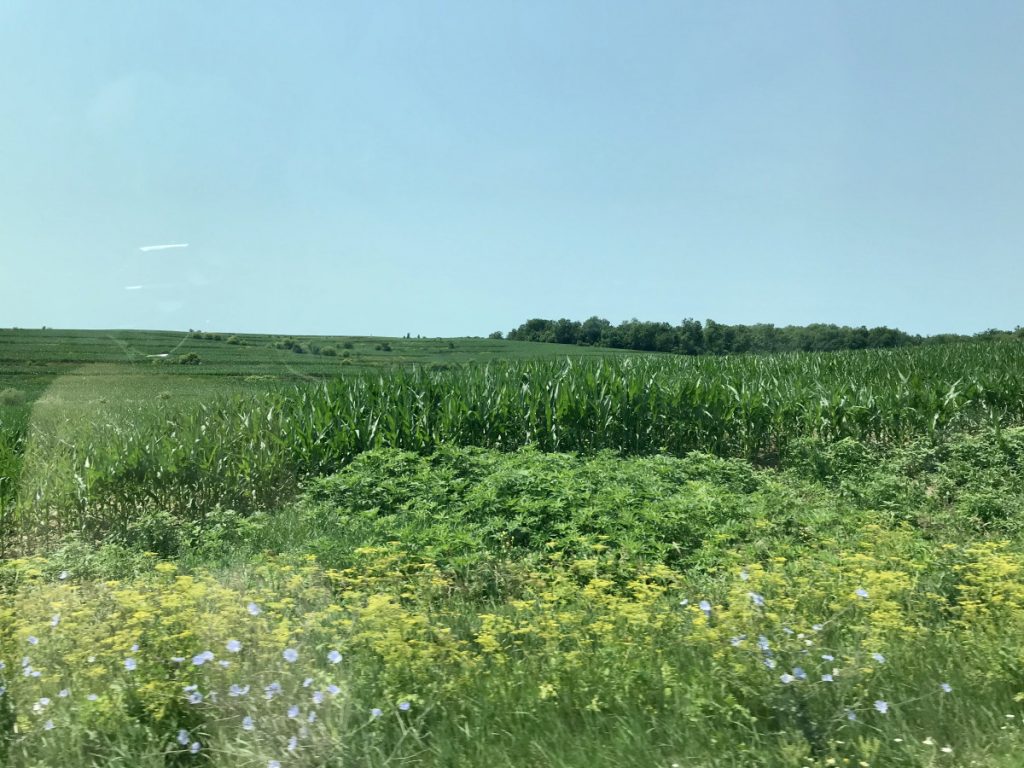
Dr. Laura Jackson, plant ecologist, professor of biology, and the Director of the Tallgrass Prairie Center at University of Northern Iowa, argues in Chapter 3 that conservation biologists and other environmentalists cannot focus on nature preserves alone to protect nature. The loss of agricultural biodiversity threatens neighboring fragmented prairie remnants and hinders dispersal of rare species, as private lands increasingly act as barriers between preserves. She writes about the forces of climate change and altered hydrology transcending all such boundaries between public/private, agricultural/wilderness- “What happens on these lands matters greatly to the 98 percent of people who are not managing this land, making agriculture a public good and not just a business” (pg. 44).
The conversation of public programs for private lands, voluntary stewardship by landowners, conservation and sustainability planning by for-profit business, the greater agricultural landscape of regulation and incentive, is complex. Many small family-owned farms see the economic, personal, and community benefits in conservation planning and organic/regenerative practices. How do we best encourage or enforce protection of natural resources like water and air? How do we reconcile human constructs, like private property rights, with ecological reality? After all, organisms and ecosystem processes cross ownership boundaries. Dr. Jackson points out that politically charged struggles for land use and preservation (including colonial states’ legacy of seizing indigenous lands for conservation purposes, “rewilding” proposals, and policies like the Clean Water Act), are of part of why conservation biologists have often avoided questions of conservation on private lands.
Tuesday 3/29
For my first day in the Thurston Conservation District office, Nora gave me a tour of the building, which is quite small and still in the transitional phase away from remote work. The front foyer is well-stocked with informational brochures about technical assistance programs, although the office is still closed to the public for now. On the walls everywhere are county maps (mostly of soil and watersheds) and educational posters about salmon, riparian buffers, native plants, etc. The office that Nora and Kiana share (which I will be working from as well) has pleasant lighting with lots of healthy houseplants and art prints.
Nora and I discussed upcoming District events and workshops, my learning goals for the quarter, and a few organizational projects to get started on. We decided it would be a great experience for me to plan and coordinate a small event for Teens in Thurston, a volunteer group for local 14-18 year old students. We planned a meeting for next week with Sam, the South Sound GREEN coordinator, for ideas and insight on which sites have offered to host a TnT event.
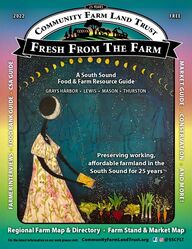
As for the busy work to keep everyone in the local agricultural and conservation communities in the loop, I started updating an outreach list for job postings and a list of active farms in Thurston County, based on a previous list from 2020, and the 2022 Community Farm Land Trust Fresh From The Farm Guide. I also mildly disrupted Kiana’s interview with Margaret Kreder for the new Conservation Starters podcast– oops. That episode just came out (Monday, April 4th), check it out! I haven’t listened yet, but the first two episodes are educational and fun, featuring a few of the lovely folks I’ve met so far at TCD.
Finally, I joined Kiana and Sam on a planning meeting for South Puget Sound Envirothon on Tuesday, April 19th. This is going to be a huge event where high school students form teams to compete in a hands-on, outdoor environmental science competition. There’s lots to do with not much time left to do it, but I’m excited to help however I can!
Wednesday 3/30
Today I continued working on the Thurston County farm list, and finished entering in all those listed in the 2022 CFLT Guide. Next up I’ll need to check those that were in the 2020 TCD internal list to see if they’re still active and their contact information is correct. It’s quite amazing to see what a diverse local food system we have in our county, from worms to grass-fed pork to lavender to wool to goat cheese and so much more. I’m looking forward to site visits at farms that TCD works with through the Voluntary Stewardship Program.
The second half of my day was spent organizing South Sound GREEN equipment and educational/outreach materials in the storage room, as well as recycling or discarding outdated signs, flyers, brochures, etc. It was a good exercise in seeing how many programs, events, and community connections the District has even just in the last few years. There’s still quite a bit left to do but hopefully it’ll be neat and tidy soon, ready for a new chapter of in-person events and workshops.
Thursday 3/31

I finally attended my first event with the District! Nora and I woke up extra early to carpool to Centralia for the second official meeting of the newly formed Southwest Washington Grazing Association. A bit dazed by the early morning, the most coffee I’ve drank in months, meeting lots of new people, and the frequent interruptions of the passing freight trains, I still took lots of notes and learned much about the concerns and ambitions of local livestock producers and their partners. Present at the meeting were representatives from Thurston Conservation District, Mason Conservation District, Lewis Conservation District, Ecostudies Institute, U.S. Fish & Wildlife Service Partners Program, WSU Thurston County Extension, and Northwest Agriculture Business Center, as well as several sheep and dairy producers from Thurston and Lewis Counties (and one from Grays Harbor!).
We started with introductions all around and then at our small group tables, reviewed & discussed feedback from farmers given at the first meeting in October 2021. Sitting at my table were Nora, her mom Faith (who is a shepherd and fiber artist that manages Hercules Farm along with Nora), and a 3rd generation dairy farmer affiliated with the Organic Valley cooperative.

Next there was a presentation by Yvonne Rynearson from Northwest Agriculture Business Center, who explained the business and governance model of producer-owned cooperatives, how they work, their benefits, and highlighted the successes of the North Cascades Meat Producers Cooperative, especially their purchase of a mobile slaughter unit. This sparked a major discussion between meat producers at the meeting about the increasing difficulty and frustration of accessing USDA processing facilities and services in Southwest Washington- it seems like this is a major area of need where the organization could focus its future efforts. Maynard, the gentleman sitting next to me, talked a lot to the group about how beneficial the support and branding from being part of the Organic Valley family of farms has been for his dairy business as well.
I was grateful to have such a warm welcome to the District and wider agricultural community, and to meet so many people that are passionate and enthusiastic about their work. It’s exciting to see the potential in this kind of collaboration and networking. Following Nora’s lead, I’m discovering a common theme of a need for accessibility of resources and information (how do producers best learn about these meetings? Facebook? email? community flyers? word of mouth?), as well as how important it is to build trusting relationships with farmers. Governmental programs offered by Conservation Districts or USFWS are important and valued by local producers, but need to come from a place of personal connection, mutual respect, and understanding. Having a cup of coffee and a Danish in the Centralia train station meeting room is a great place to start.
The task before us then is to integrate, in our minds and in our farming landscapes, the wild and the willed. We need to help devise ways of reconciling the needs of wild animals and plants with a working landscape full of human cultigens, boundaries, and institutions. We need to interact directly with farmers, searching for common ground as Aldo Leopold did before us. This will mean being willing to learn how farmers’ decisions are constrained by markets, agricultural policy, history, labor, and capital as well as by natural resources. Ultimately, it will mean coming to terms with the consolidation of land and markets into fewer, more powerful hands.
Dr. Laura Jackson, “The Farm, the Nature Preserve, and the Conservation Biologist” in The Farm as Natural Habitat (pg. 51)
Bibliography
Jackson, D. L., Jackson, L. L., & Bradley, N. L. (2002). The Farm as Natural Habitat: Reconnecting Food Systems With Ecosystems (Illustrated ed.). Island Press.
